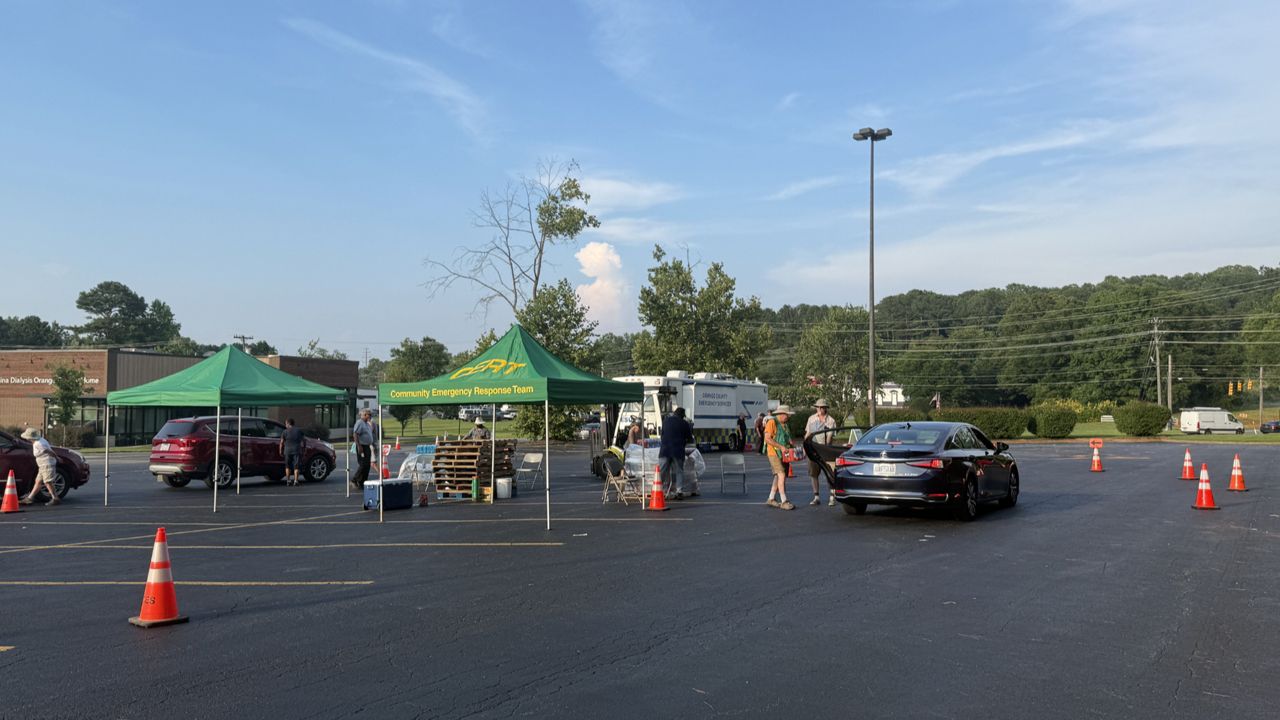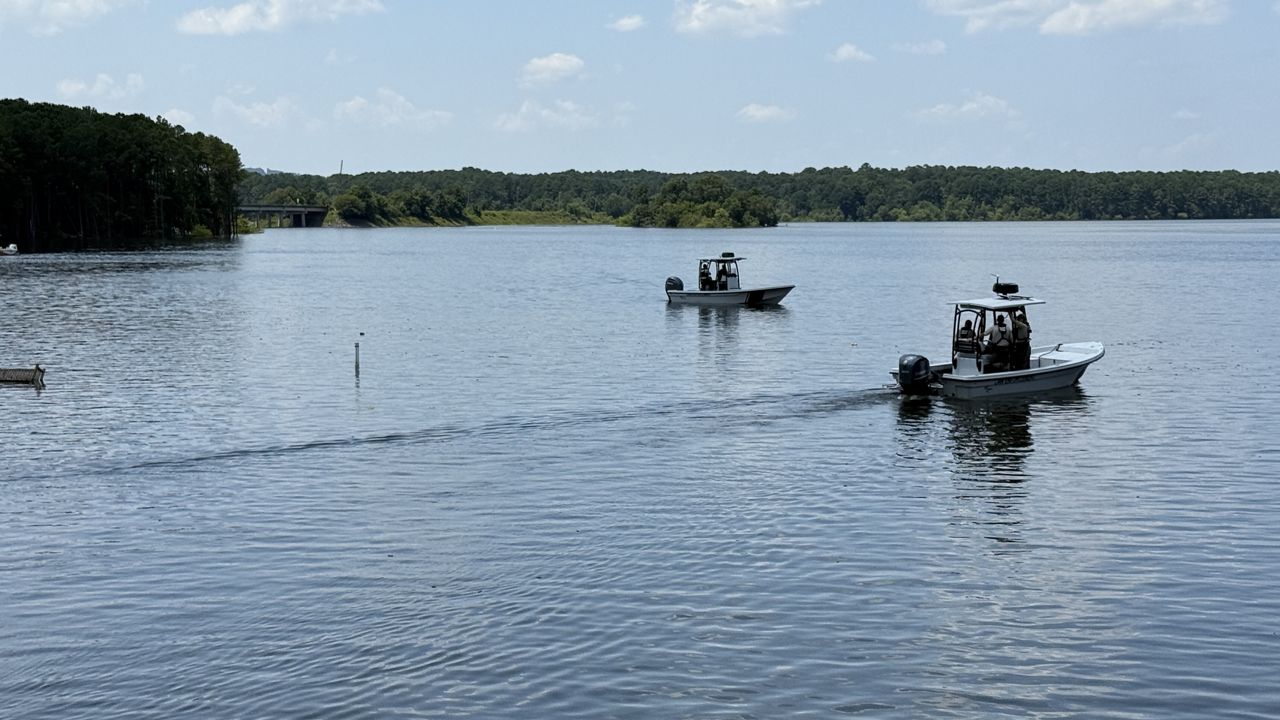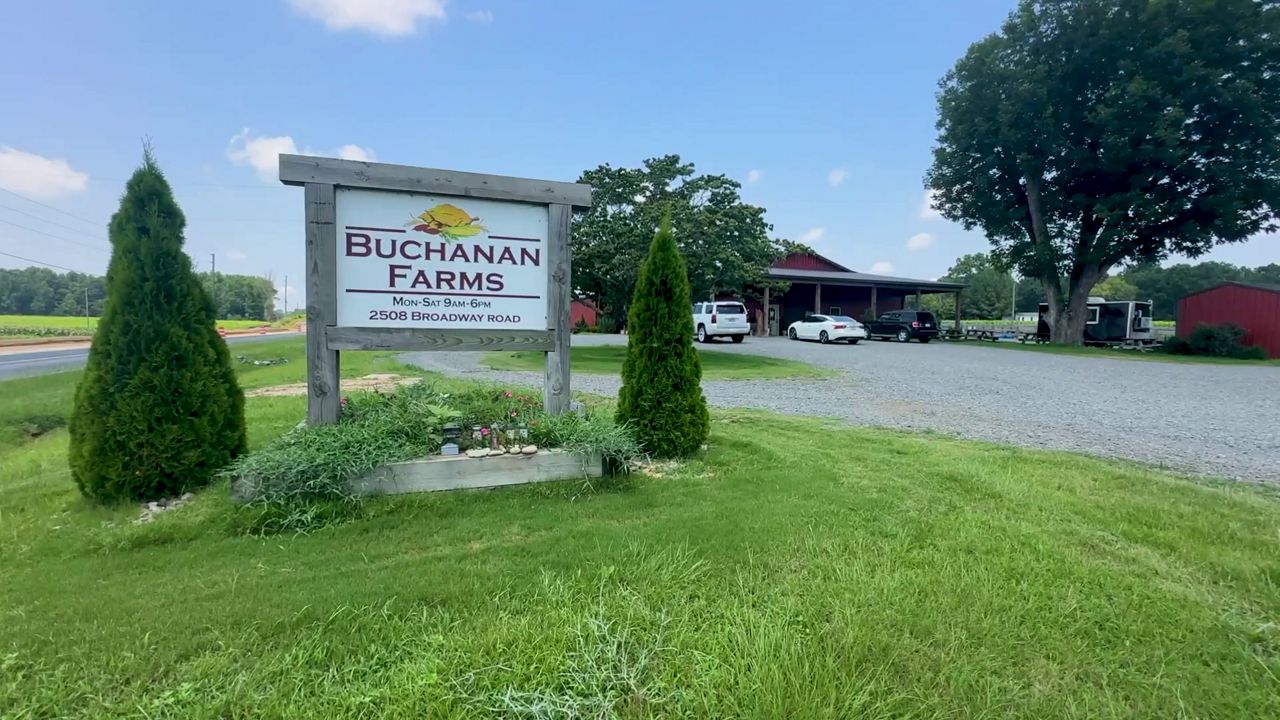RALEIGH, N.C. – As growth in North Carolina brings more cars, researchers at N.C. State are looking at using traffic signals to decrease delays.
Researchers in the school's civil and commercial engineering department are testing “white phase intersections” — which would be less dependent on red, yellow and green signals and instead be controlled by automated vehicles.
Vehicles' computer systems would communicate with other cars on the road about timing to alleviate traffic congestion at stop lights.

“By those communications, they can negotiate a safe right of way for human-driven vehicles so that now you don't need to go through green, yellow and red over and over,” Ali Hajbabaie, an associate professor at N.C. State said. “You just follow the vehicle in front of you. If they go, you go. If they slow down, you slow down. If they stop, you stop.”
This won’t be coming to our roadways in the immediate future, but when it does, Hajbabaie said the coast can expect it first. Many commercial vehicles hauling to our ports are automating faster than the general public.
“We are hopeful that in near future we are going to have more and more [automated vehicles] as the technology evolves,” Hajbabaie said. “When we have 10% of vehicles in traffic stream to be autonomous, our delay reductions are around 3%. When 30% of vehicles are autonomous, our delay reductions are close to 11%.”
But before any signals are changed, he said they first need to finish computer automated tests and small-scale models. Once that is complete, they will do full-scale tests that involve driver feedback.
“We have aimed at making traffic systems more efficient so that travelers experience less delay, less travel time, our roadways are safer and also we have reductions in fuel consumption, so they are more environmentally friendly,” Hajbabaie said.










